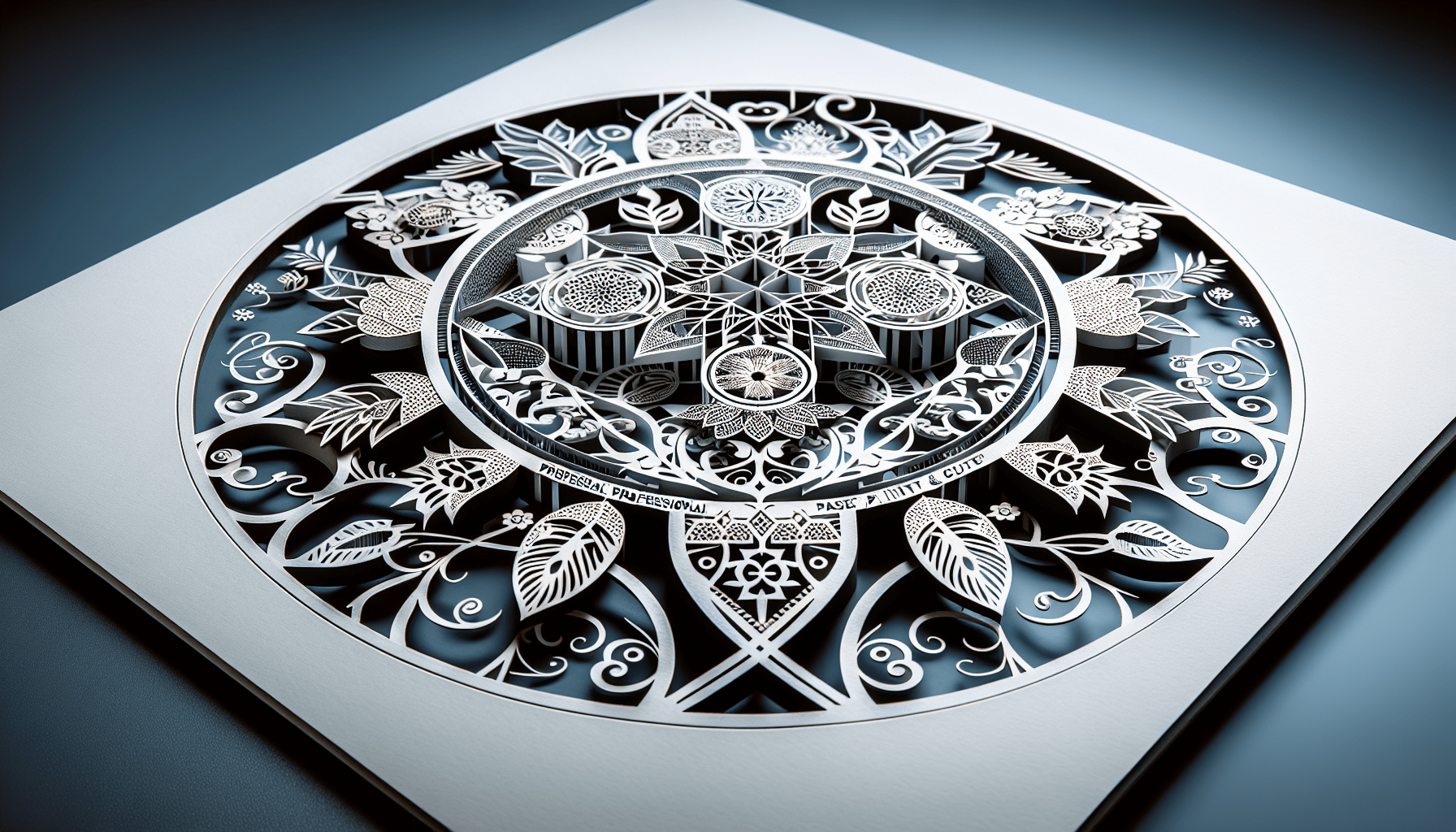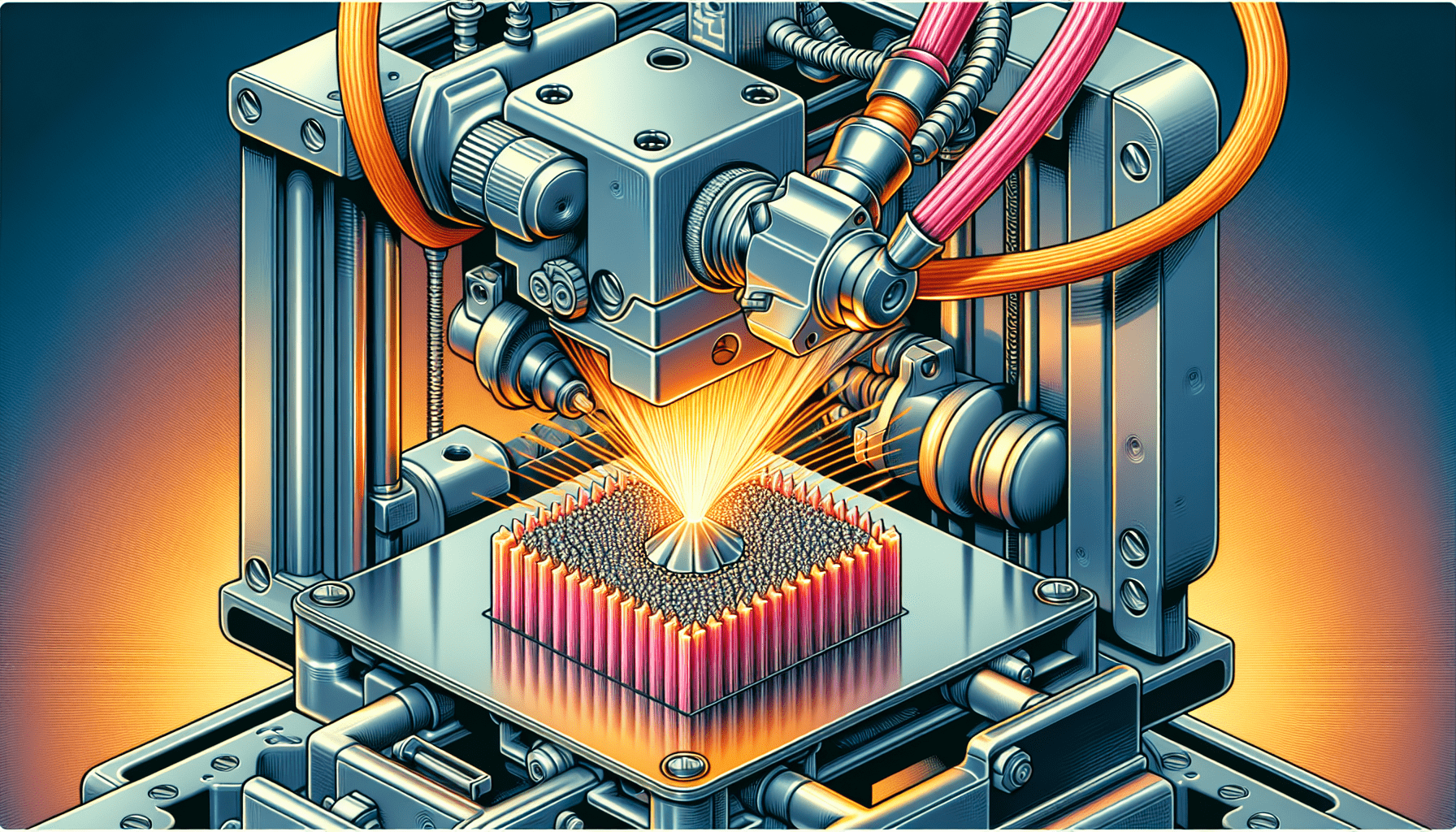Anycubic Kobra S1 Combo 3D Printer, Multi-Color 3D Printer High Speed Max 600mm/s High Precision, Core XY Stable Structure Ultra-Quiet Printing Anycubic App One-Click Printing 250 * 250 * 250mm
$599.99 (as of June 19, 2025 23:45 GMT +00:00 - More infoProduct prices and availability are accurate as of the date/time indicated and are subject to change. Any price and availability information displayed on [relevant Amazon Site(s), as applicable] at the time of purchase will apply to the purchase of this product.)Have you ever found yourself stuck in the middle of a 3D printing project, only to discover that the filament is no longer coming out of the nozzle? You’re not alone. Nozzle clogs are a common issue, especially as your trusty 3D printer racks up more hours of use. Let’s look at how you can identify and solve issues related to clogged nozzles, and how you can prevent them from putting a damper on your creative endeavors.
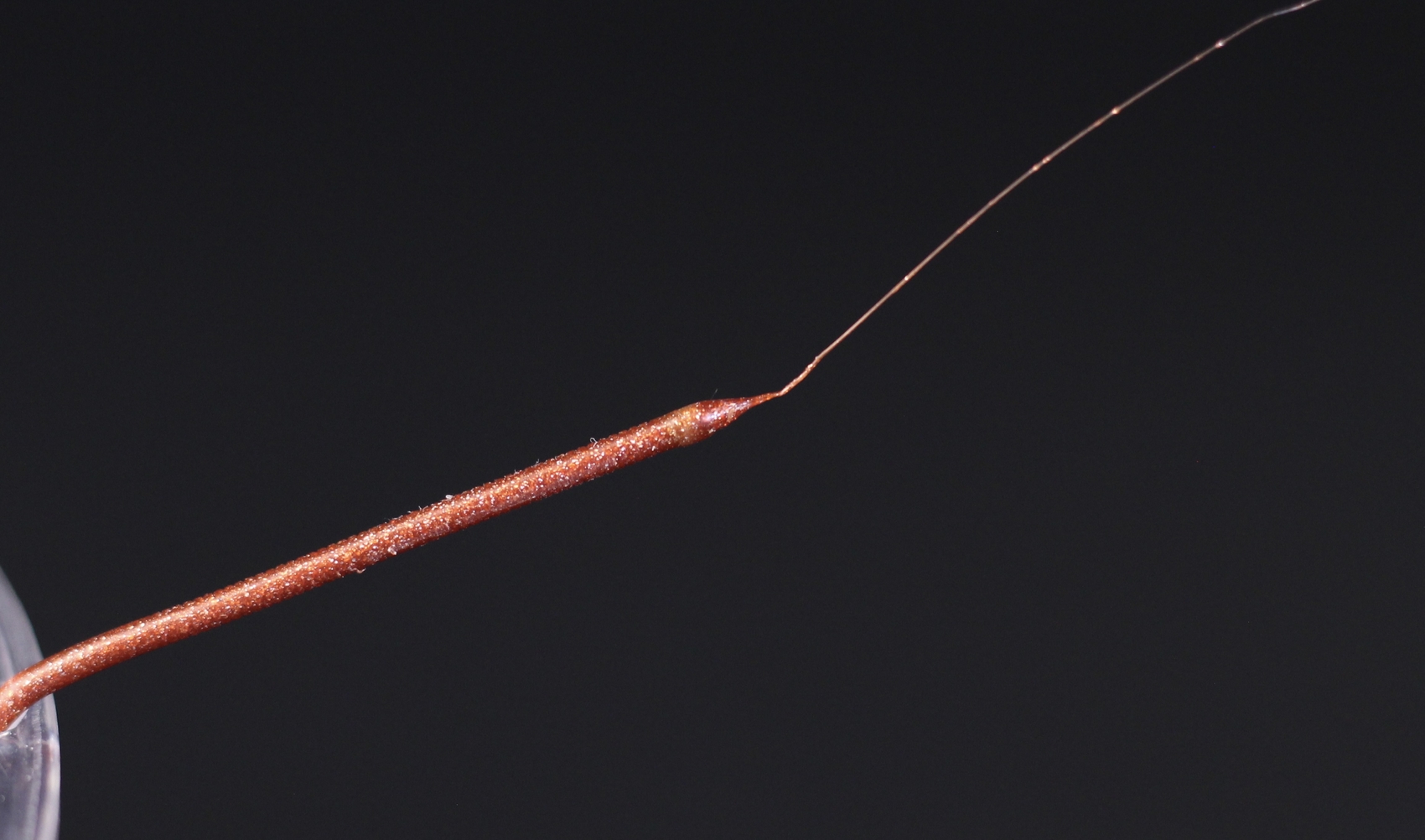
Anycubic 3D Materials Sale: Resin & PLA from $9.49/kg
What is a Nozzle Clog?
Before diving into solutions, it helps to know what you’re up against. A nozzle clog occurs when filament—your printer’s raw material—fails to pass through the nozzle smoothly. This blockage can halt your printing process and leave you frustrated. Recognizing the problem early can save you time and headaches.
How to Diagnose a Clog
Start by observing your printer as it operates. If you notice that no filament is coming out of the nozzle, it’s a strong indication that you’re dealing with a clog. In some cases, you might see filament oozing out irregularly or producing inconsistent layers. These are also signs that something is amiss inside the nozzle.
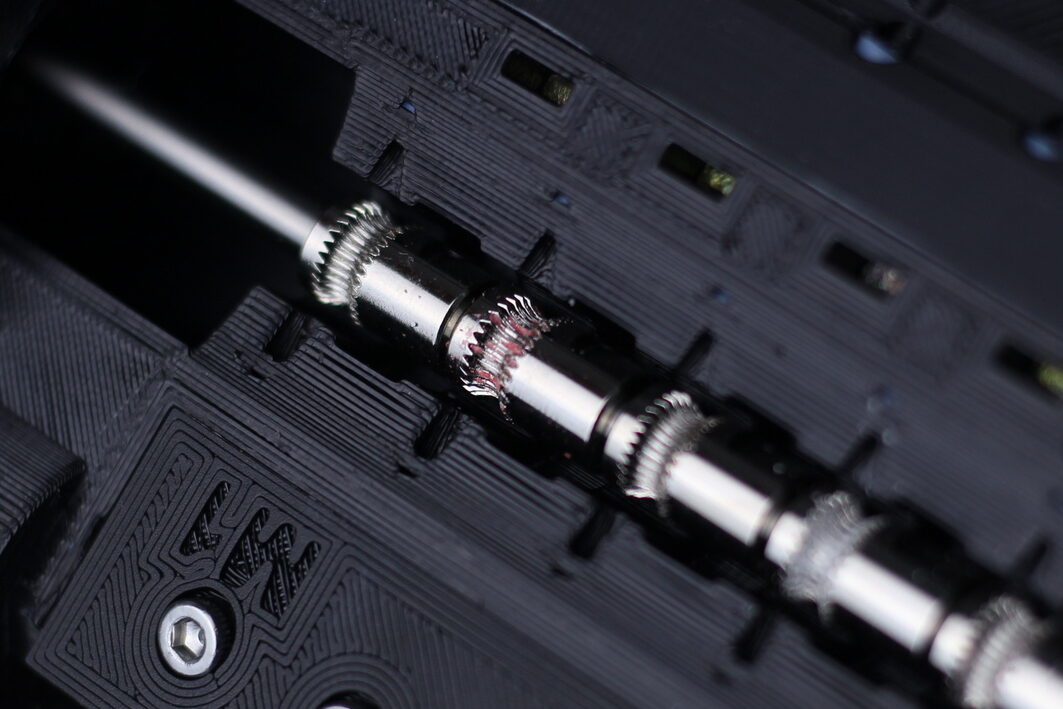
Anycubic 3D Materials Sale: Resin & PLA from $9.49/kg
Common Causes of Clogs
Understanding what causes clogs is the first step in preventing them. Below are some usual suspects:
Dirty Filament
Dust and debris are more than just unsightly; they can stick to your filament and make their way into the nozzle, causing blockages. Keeping your filament clean is essential for smooth prints.
Out-of-Spec Filament
Filament with inconsistent diameters can cause problems. If the filament is too thick at certain points, it can get stuck in the narrow passage of the nozzle.
Bad Hotend Cooling
If your hotend cools inadequately, the filament can soften and clog the pathway before it even reaches the nozzle. Proper cooling ensures the filament only melts when it’s supposed to.
Improper Filament Removal
Removing filament incorrectly can leave behind molten plastic, which solidifies in the nozzle and leads to blockages. Always follow your printer’s recommended procedure for filament removal.
High Retraction Settings
Retraction settings that are too high can pull the filament up into the hotend, where it might get trapped and harden. Adjusting these settings can minimize clogs.
Misaligned PTFE Tube
If the PTFE tube isn’t flush with the nozzle, small gaps can allow filament to ooze out and harden, causing blockages. Proper alignment is crucial for a smooth filament pathway.
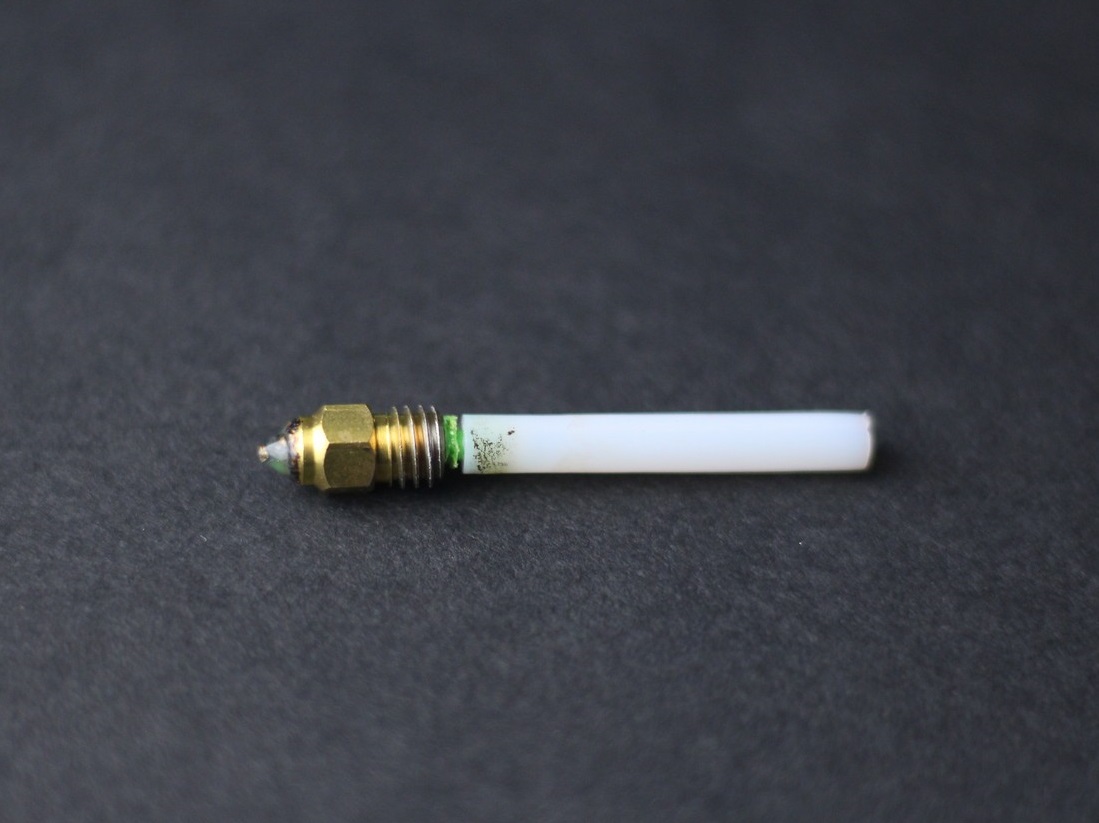
Solutions to Unclog a 3D Printer Hotend
Thankfully, there are several methods to clear up a clogged nozzle. Here are some techniques you can try:
Metallic Pin
Using a metallic pin to push the filament through the hotend is one of the simplest methods. Carefully insert the pin into the nozzle and apply gentle pressure to dislodge the blockage.
Cold Pull Method
The cold pull method involves heating the hotend just enough to soften the filament, then pulling it out to remove the clog. This method can effectively clear out stuck filament and debris.
- Heat the nozzle to the melting temperature of the filament.
- Push new filament through until it comes out cleanly.
- Let the hotend cool down slightly.
- Firmly pull out the cooled filament piece to remove the clog.
3D Printer Cleaning Filament
Specialized cleaning filament is designed to clear out clogged nozzles. Run this filament through your printer following the manufacturer’s instructions to dislodge and remove any debris.
| Method | Steps | Pros | Cons |
|---|---|---|---|
| Metallic Pin | Insert pin into nozzle, gently push through clog | Simple, requires no special tools | Can be difficult to access |
| Cold Pull Method | Heat nozzle, push new filament, cool slightly, pull out filament | Effective at removing all debris | Requires manual effort |
| Cleaning Filament | Use specialized filament as directed by manufacturer | Easy to use, thorough | Additional cost for filament |
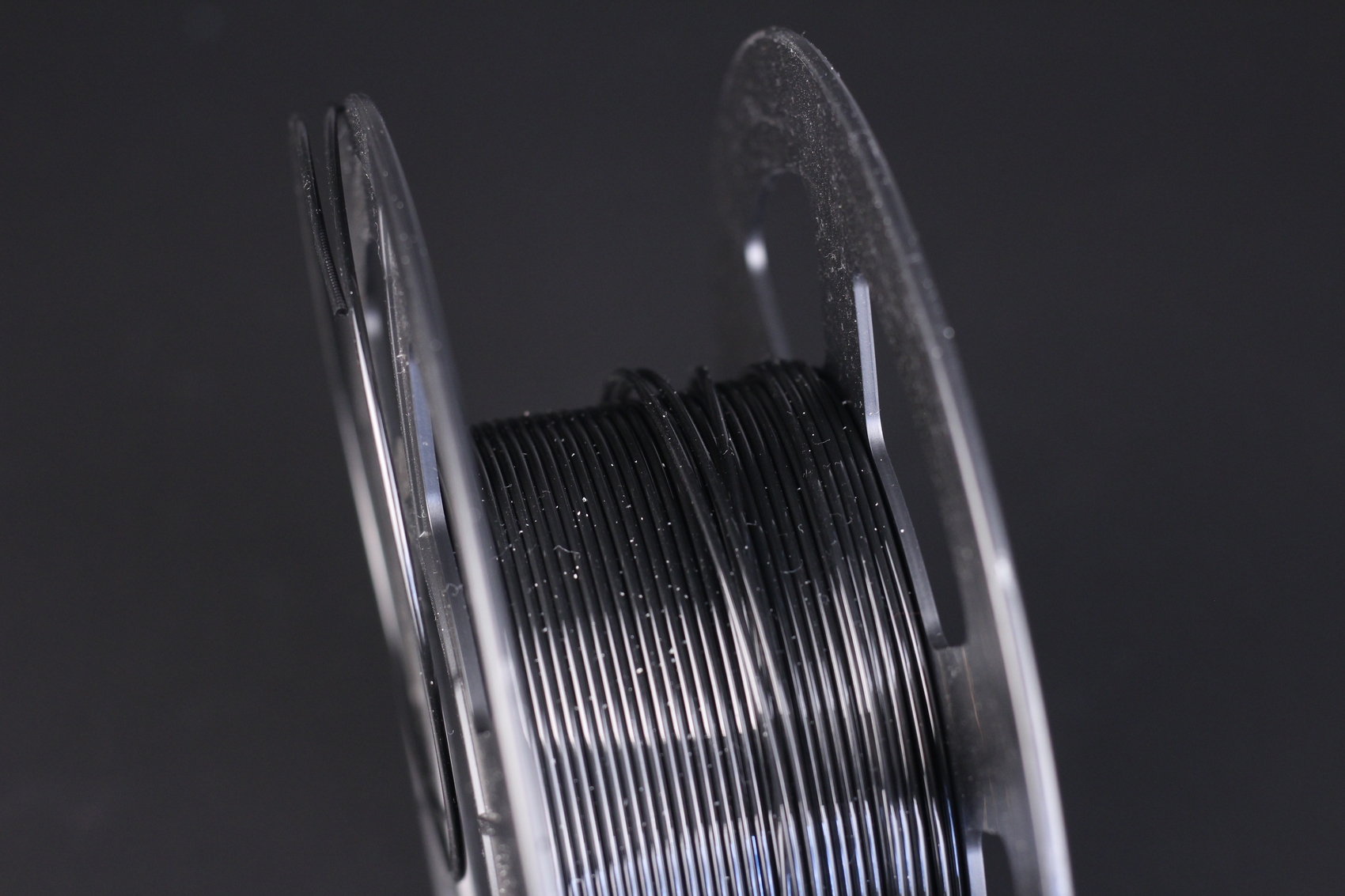
Preventive Measures
Prevention is better than cure, and there are several steps you can take to avoid future clogs.
Properly Storing Filament
Store filament in a clean, dry environment to keep dust and moisture at bay. Use airtight containers and consider adding silica gel packs to absorb moisture.
Ensuring Good Filament Tolerances
High-quality filament with consistent diameters can drastically reduce the chances of clogs. Always check the specifications of your filament before purchasing.
Improving Hotend Cooling
Make sure your hotend’s cooling system is functioning optimally. This might involve cleaning the cooling fan, replacing worn-out parts, or adding additional cooling if necessary.
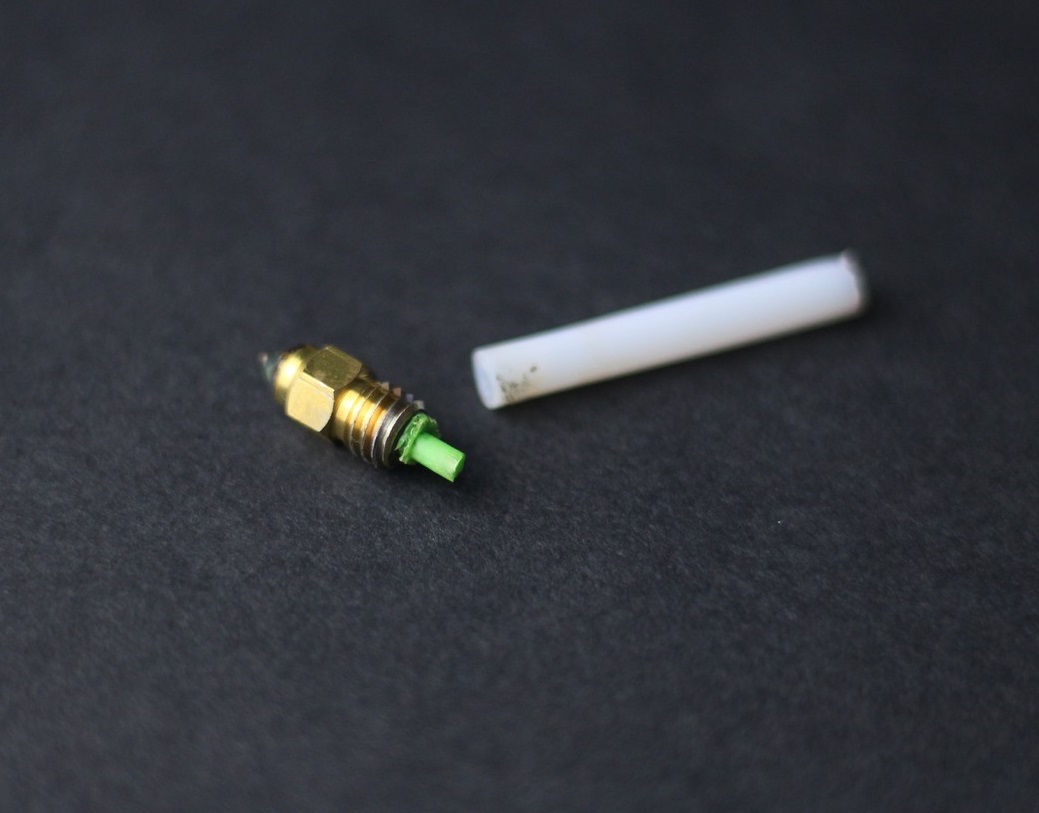
Conclusion
Nozzle clogs can be a niggling but common issue for any 3D printing enthusiast. By understanding the causes and having a few effective solutions up your sleeve, you can tackle this problem head-on. Taking preventive measures will further enhance your 3D printing experience, making it smoother and more enjoyable.
So, next time you fire up your 3D printer, you’ll know exactly what to look out for and how to fix it, ensuring your creations come to life without a hitch. Happy printing!
Anycubic 3D Materials Sale: Resin & PLA from $9.49/kg






